Disclaimer: This blog post contains affiliate links. If you make a purchase through these links, I may earn a small commission at no additional cost to you. Learn More. Thank you for supporting our garden community.
The 10 Most Fragrant Flowers For Your Garden
One of the most delightful aspects of gardening is the fragrant flowers that we grow. Not only do these garden flowers add an enchanting ambiance to our outdoor spaces, but they also play a vital role in creating a healthy and vibrant garden. In this blog post, we will explore the importance of planting a flower garden, the benefits of interplanting with flowers, and why flowers give off scents. We will also introduce you to 10 fragrant flowers that will elevate the sensory experience in your garden. Check out the following links to purchase useful products for the preceding activities.
Products:
If you want to purchase any flower seeds for your garden, check out the following link:
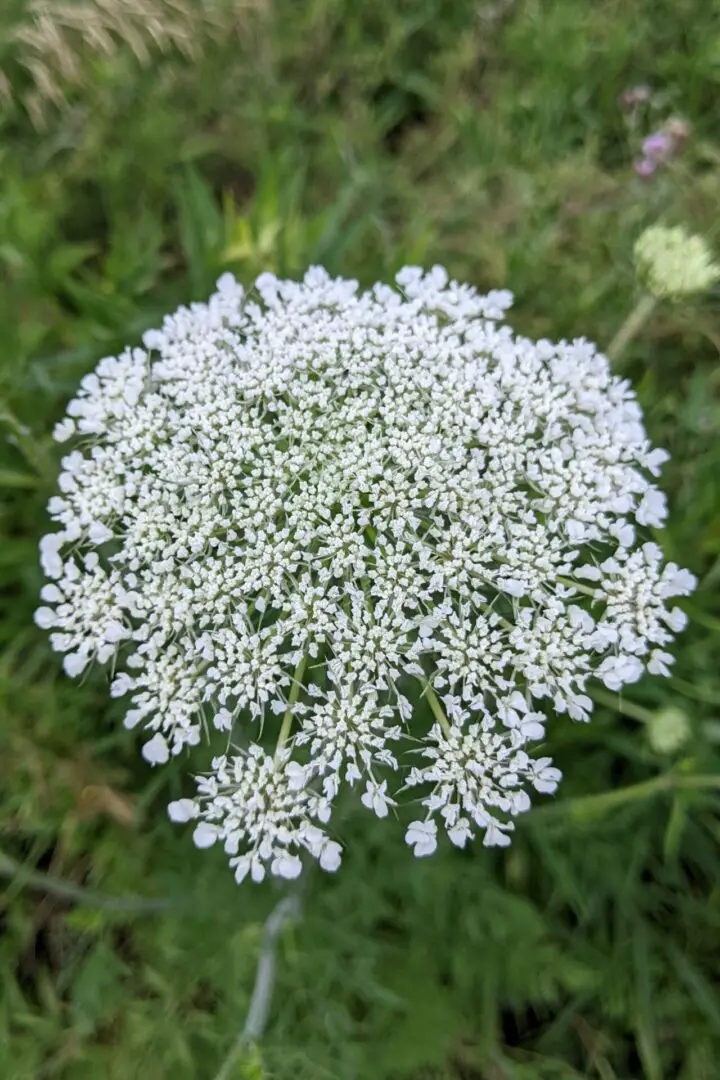
Flowers are very important for the aesthetics and functionalities of your garden, leading to a healthier and happier ecosystem. Read along for our comprehensive list.
Fragrant Flowers For Your Garden
You will learn the importance of planting flowers in your garden, including how they attract pollinators and create a visually appealing environment. You will also discover the benefits of interplanting flowers with other plants. This post explains why flowers give off scents, highlighting their role in attracting pollinators and the chemical signals involved. Finally, you will be introduced to 10 fragrant flowers to plant in their garden, along with information on their specific scents and benefits, allowing you to enhance the sensory experience in your outdoor space.
Why is it Important to Plant Flowers in Your Garden?
While it’s easy to get carried away with growing vegetables, herbs, and other greenery, incorporating flowers into your garden is equally, if not, more important. Flowers attract pollinators like bees, butterflies, and hummingbirds, which play a crucial role in the reproduction of many edible plants. Without these pollinators, our vegetable gardens would suffer and may not produce an abundant harvest. Flowers also create a visually appealing and relaxing environment that can reduce stress and promote well-being, which is why a lot of us begin gardening in the first place.
Benefits of Interplanting With Flowers
Interplanting flowers alongside your vegetables, fruits, and herbs can provide several benefits. Firstly, certain flowers act as natural pest deterrents, repelling harmful insects, such as aphids and cabbage moths, which can damage your crops. Secondly, almost all flowers attract beneficial insects, such as ladybugs and lacewings, which feed on pests. By interplanting flowers, you create a natural balance and pest control system in your garden, reducing the need for harmful pesticides. Additionally, the presence of flowers can improve the overall health and productivity of your garden by promoting biodiversity and creating habitat for other beneficial creatures, such as pollinators. Pollinators are needed for some vegetables like squash and cucumbers, which is why we need pollinator attractants.
Why do Flowers Give Off Scents?
Flowers produce scents primarily to attract pollinators. These scents serve as chemical signals that help the pollinators locate the flowers and facilitate the transfer of pollen from one flower to another. Each flower species has its unique scent, which is a result of the specific compounds they emit, sometimes attracting a specific pollinator as well. These fragrances can vary from subtle and sweet to strong and intense, adding a delightful “summer blooms” experience to your garden.
10 Fragrant Flowers to Plant in Your Garden
These flowers are flowers that you can incorporate into your garden for fragrance, attracting pollinators, creating insect nesting sites, for cut flowers from the garden, or simply for beauty. Each one will be either an annual or perennial, and it will serve its purpose in your flower garden. To purchase any of the listed flower seeds, simply click on its name!
Lavender
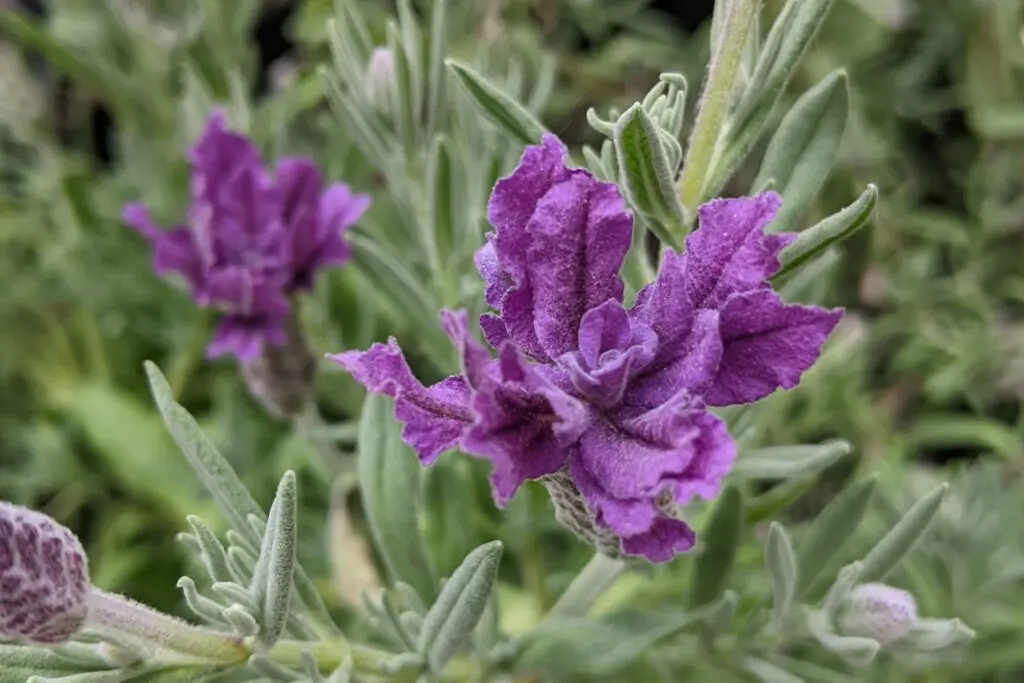
Lavender is a perennial flower, originating in the Mediterranean region, known for its calming aroma, which makes it a favorite among gardeners. It also attracts bees and butterflies to your garden.
Jasmine
Native to Afro-Eurasia, jasmine is a perennial flower with an enchanting fragrance that will fill your evenings and attract moths, honeybees, and hummingbirds.
Roses
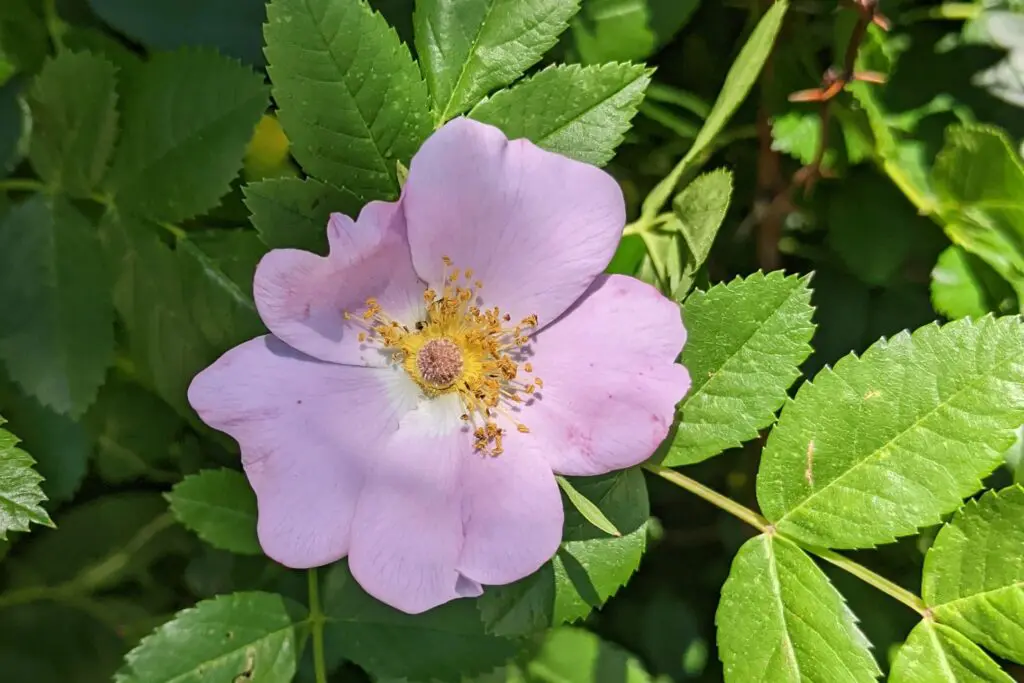
The rose we know today is native to Asia and is a perennial flower with over 30 000 different varieties (what!). With their diverse scents, roses add elegance and romance to any garden. They also attract bees and beneficial insects. But be wary, roses can also attract the Japanese beetle, a common garden pest.
Sweet Peas
Native to Southern Italy, these delicate annual flowers produce a sweet scent that will transport you to a whimsical garden. Although they are NOT edible like their cousins, their fragrance attracts butterflies and bees.
Gardenias
Native to the Old World, these perennials are highly prized for their intoxicating fragrance. However, gardenias are particularly suitable for warm climates. Their scent is often associated with relaxation, and it can attract a myriad of beneficial insects.
Lily of the Valley
This small, bell-shaped flower emits a delicate, sweet fragrance that is reminiscent of spring. It is a low-growing perennial plant native to Eurasia, and It attracts bees and many other pollinators.
Sweet Alyssum
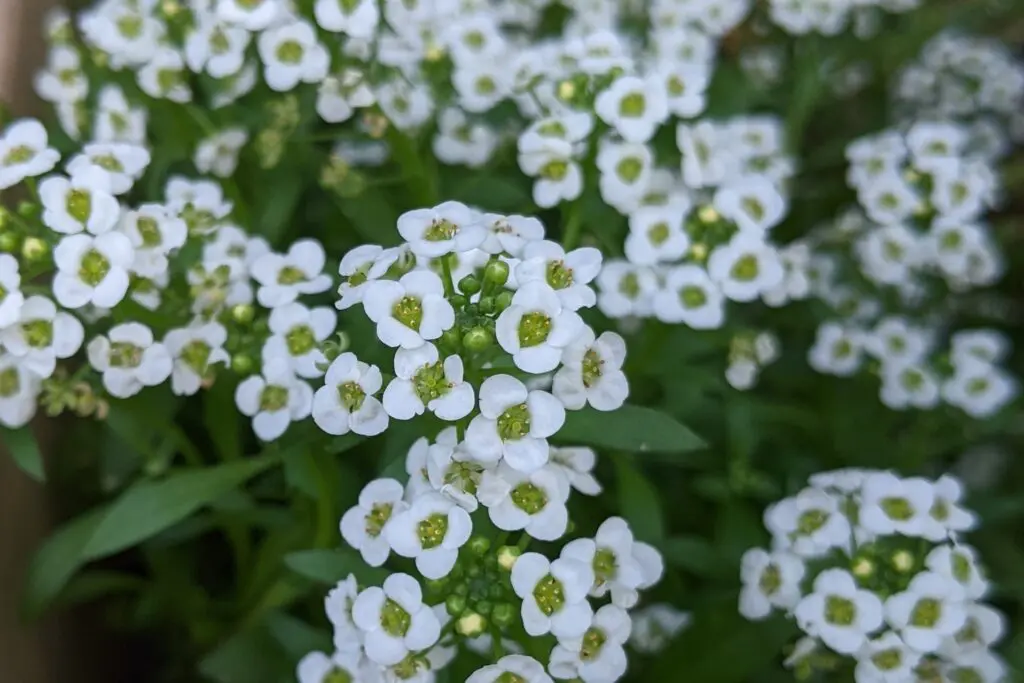
Originating from the Mediterranean region, these tiny annual flowers produce a heavenly scent reminiscent of honey, and create a ground cover that can protect your crops from pests. It also attracts many beneficial insects that will prey on some of our common garden pests.
Lilac
The lilac that we know and love today is a perennial flower native to Eastern Europe and has a strong and sweet fragrance that can perfume an entire garden. They are also a favorite of butterflies, among other pollinators.
Honeysuckle
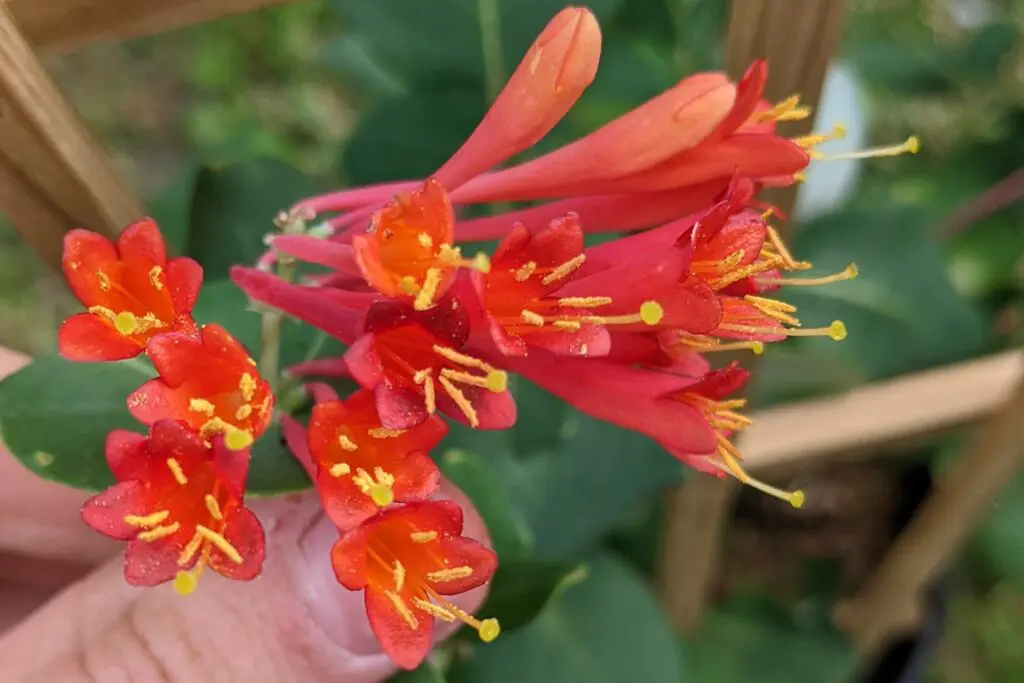
Native to North America and Eurasia, these perennial honeysuckles will attract hummingbirds and butterflies with its sugar-sweet scent. Its flowers grow abundantly and can cover fences or trellises.
Nicotiana
This genus, which encompasses the tobacco plant as well, is native to the Americas. It is composed of annual and perennial species with trumpet-shaped flowers that release a captivating fragrance in the evenings and attract pollinators like moths.
Frequently Asked Questions
The flowers of sweet peas are among the most fragrant flowers in the world.
Lilacs are known for their very strong fragrance that can perfume an entire garden.
Sweet alyssum produces flowers with a characteristic heavenly scent, reminiscent of the sweetest summer honey you can find.
Conclusion
Adding fragrant flowers to your garden not only pleases the senses but also plays a crucial role in creating a healthy and vibrant outdoor space. The inclusion of flowers not only attracts beneficial insects and pollinators but also enhances the overall experience of your garden. From the calming aroma of lavender to the enchanting scent of jasmine, these ten fragrant flowers are sure to elevate the sensory experience in your garden. So, go ahead and introduce these delightful blooms into your garden and savor the aromatic rewards they bring. Happy gardening!
Pin This Post For Later:
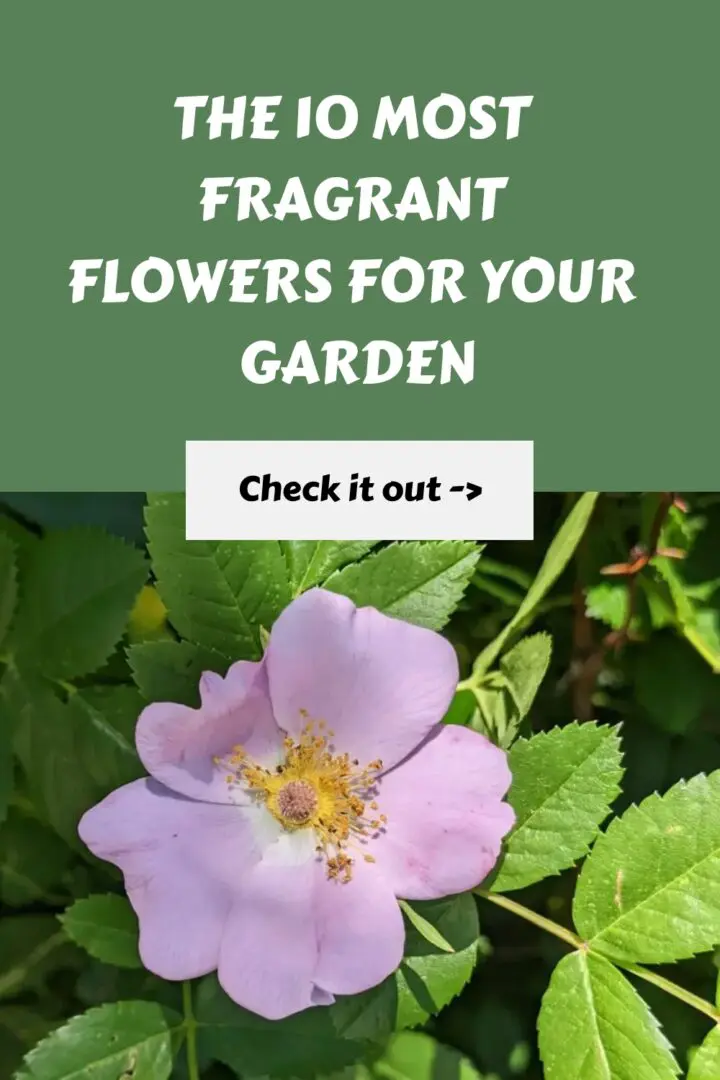
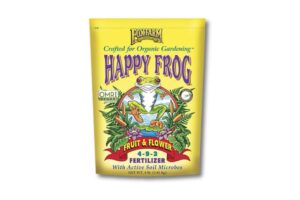
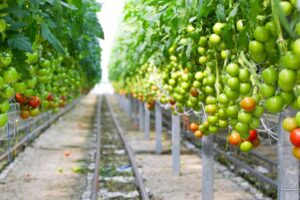
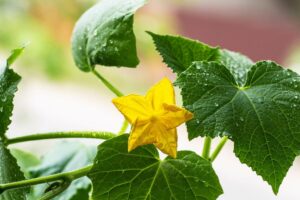
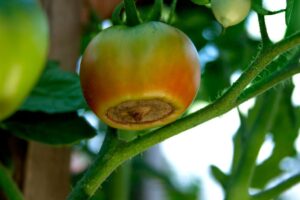
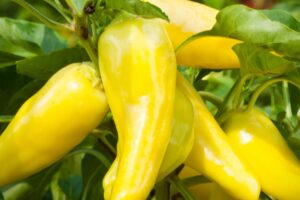
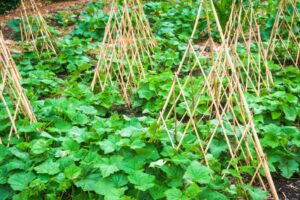
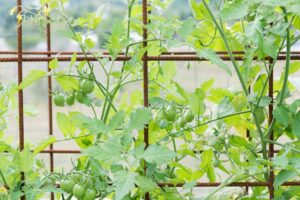
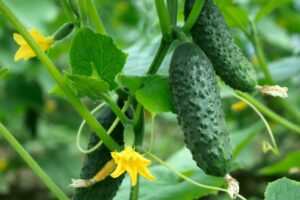
Leave a Reply